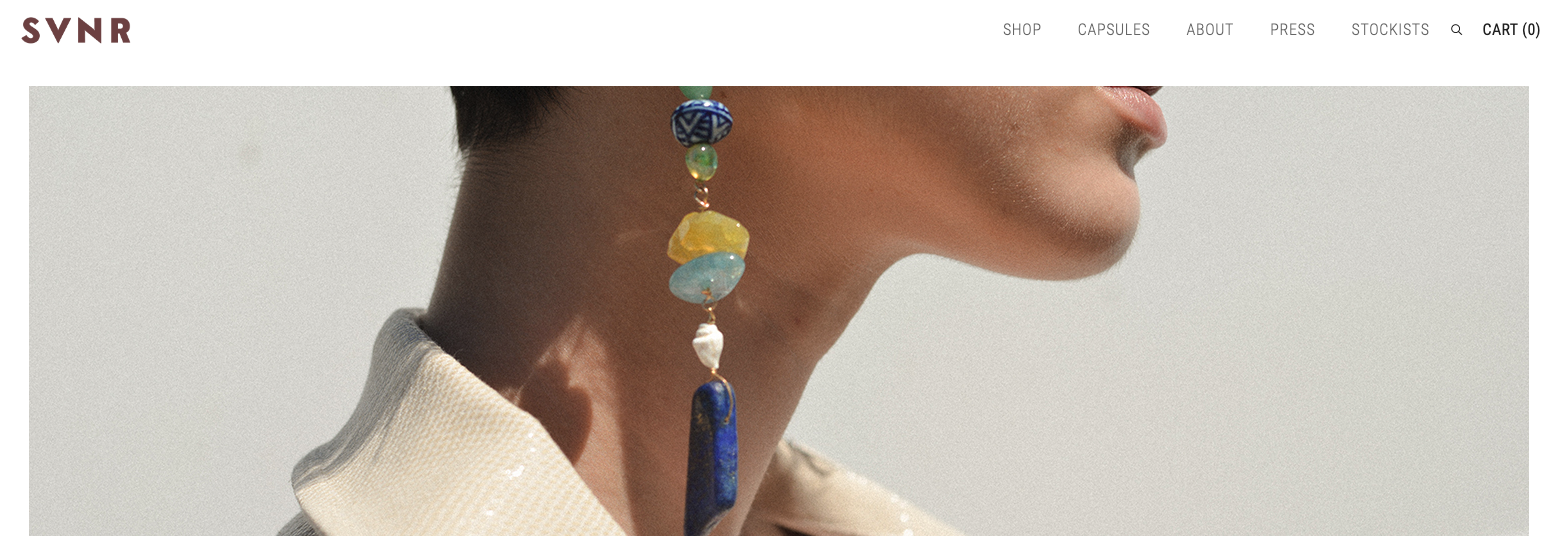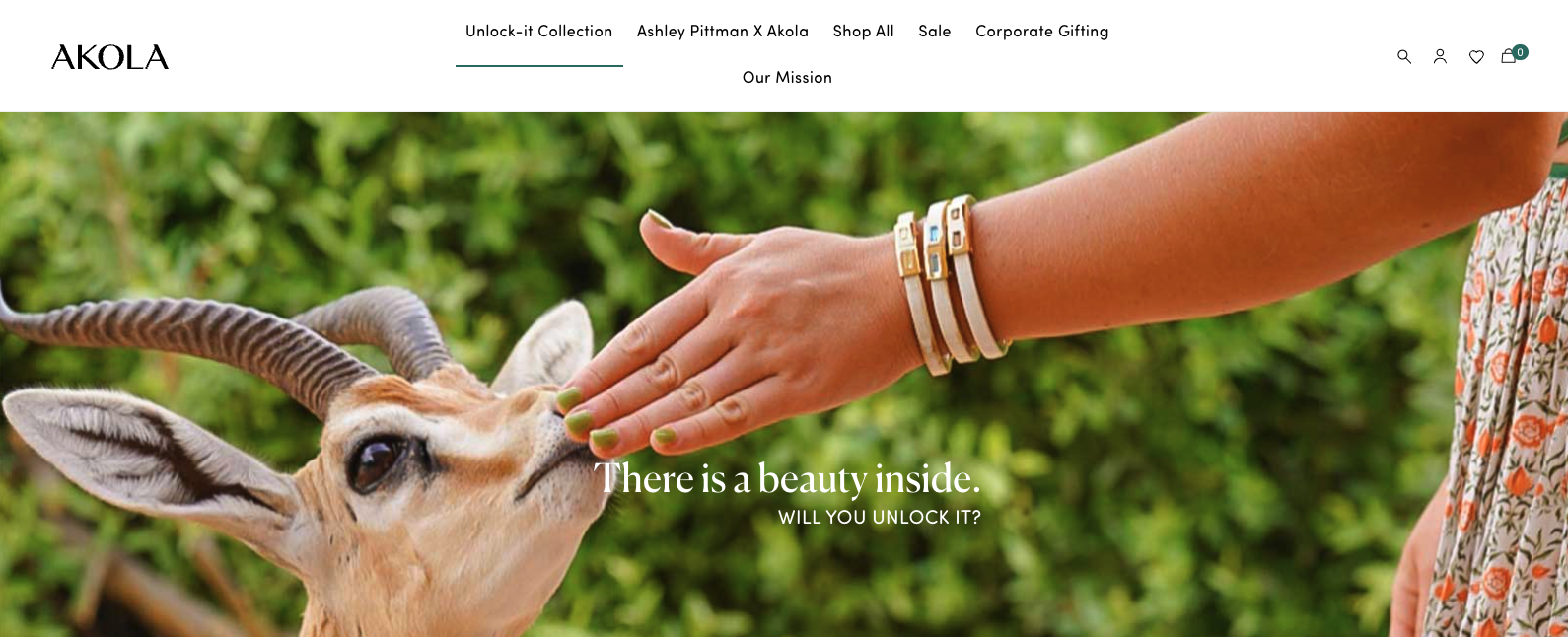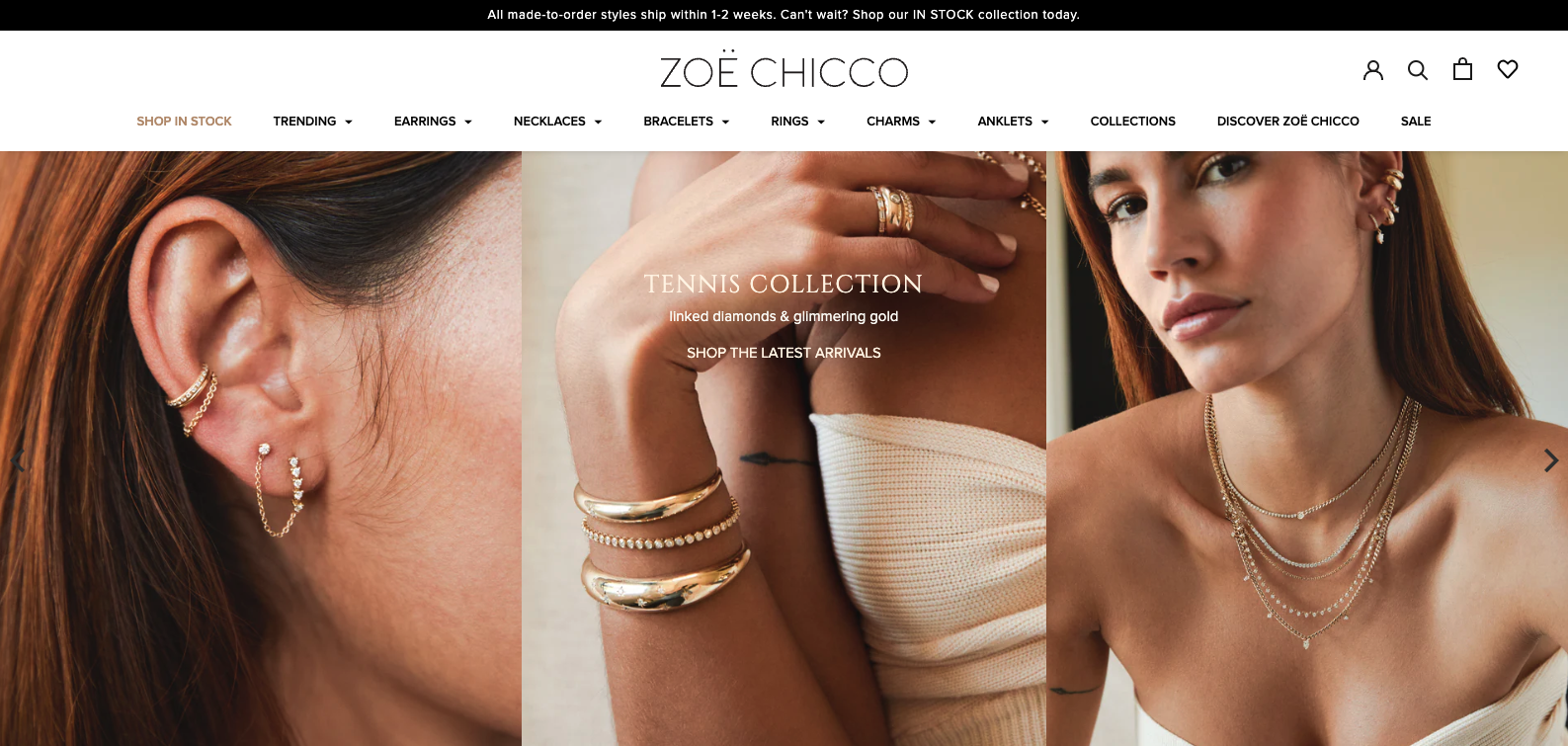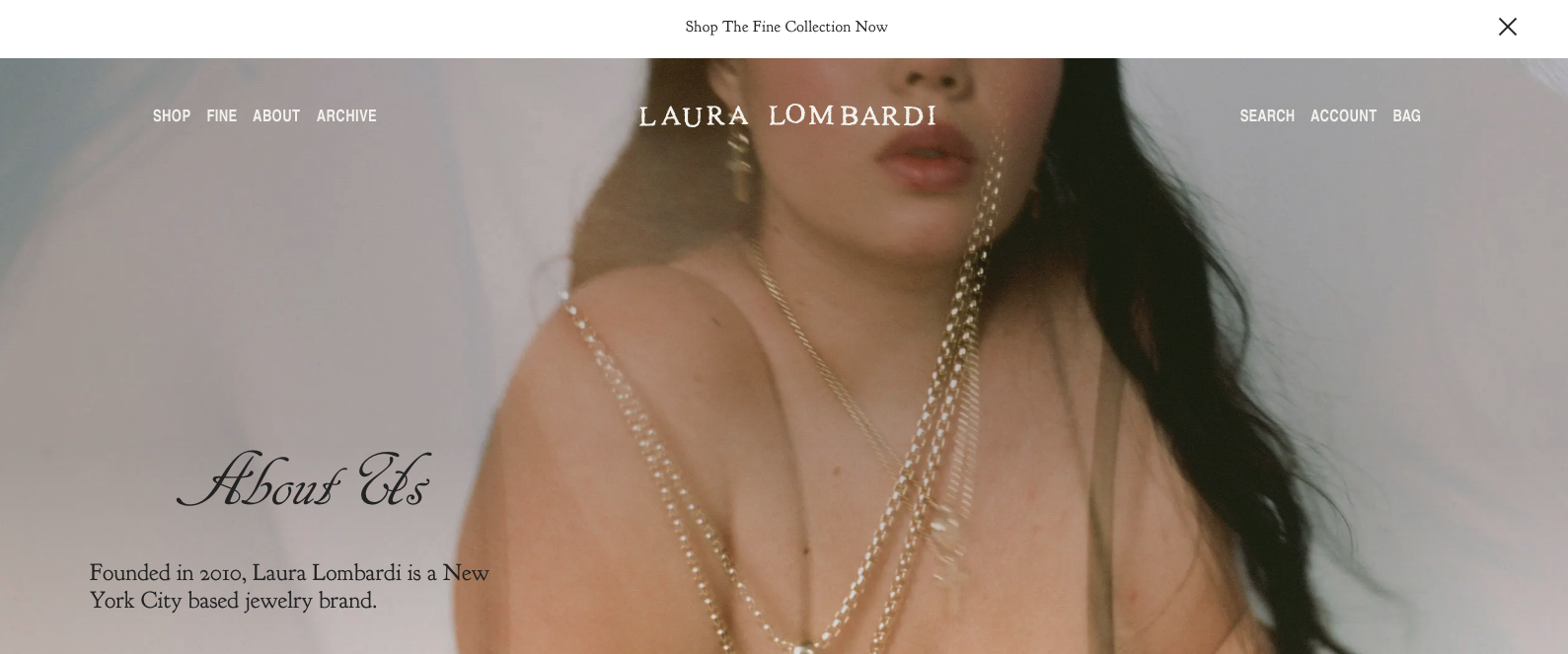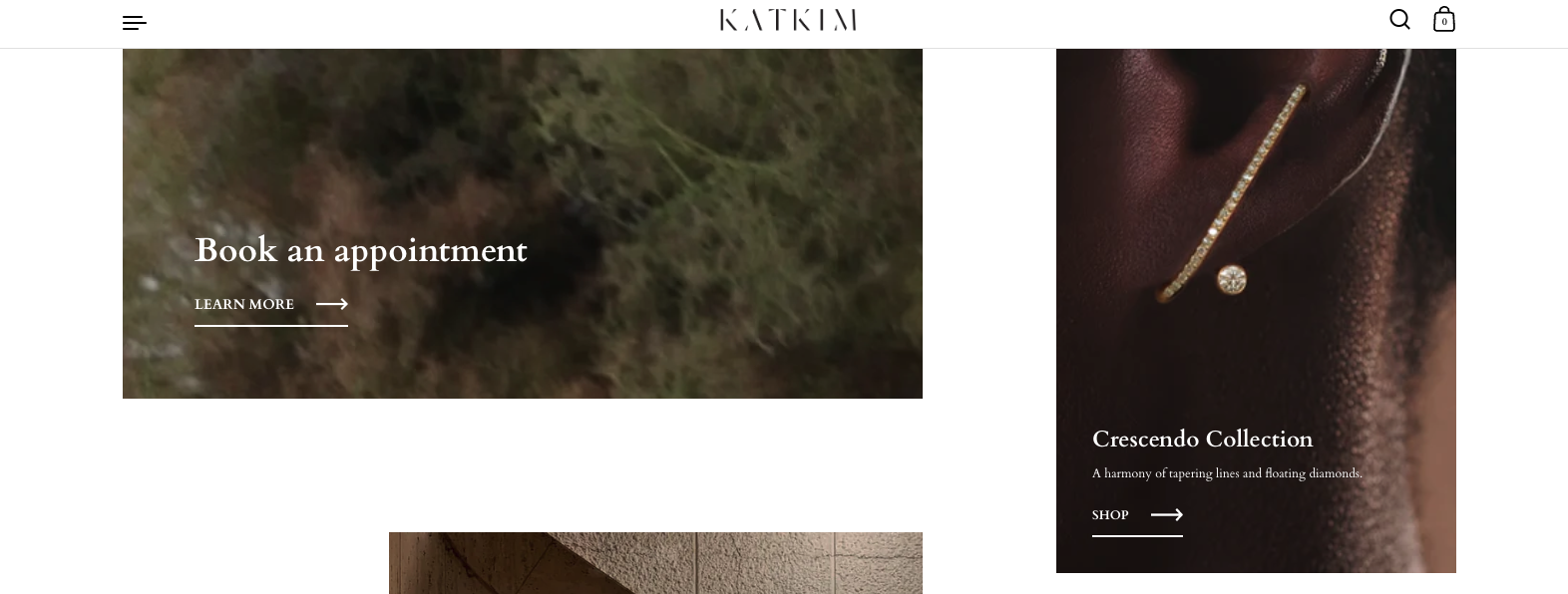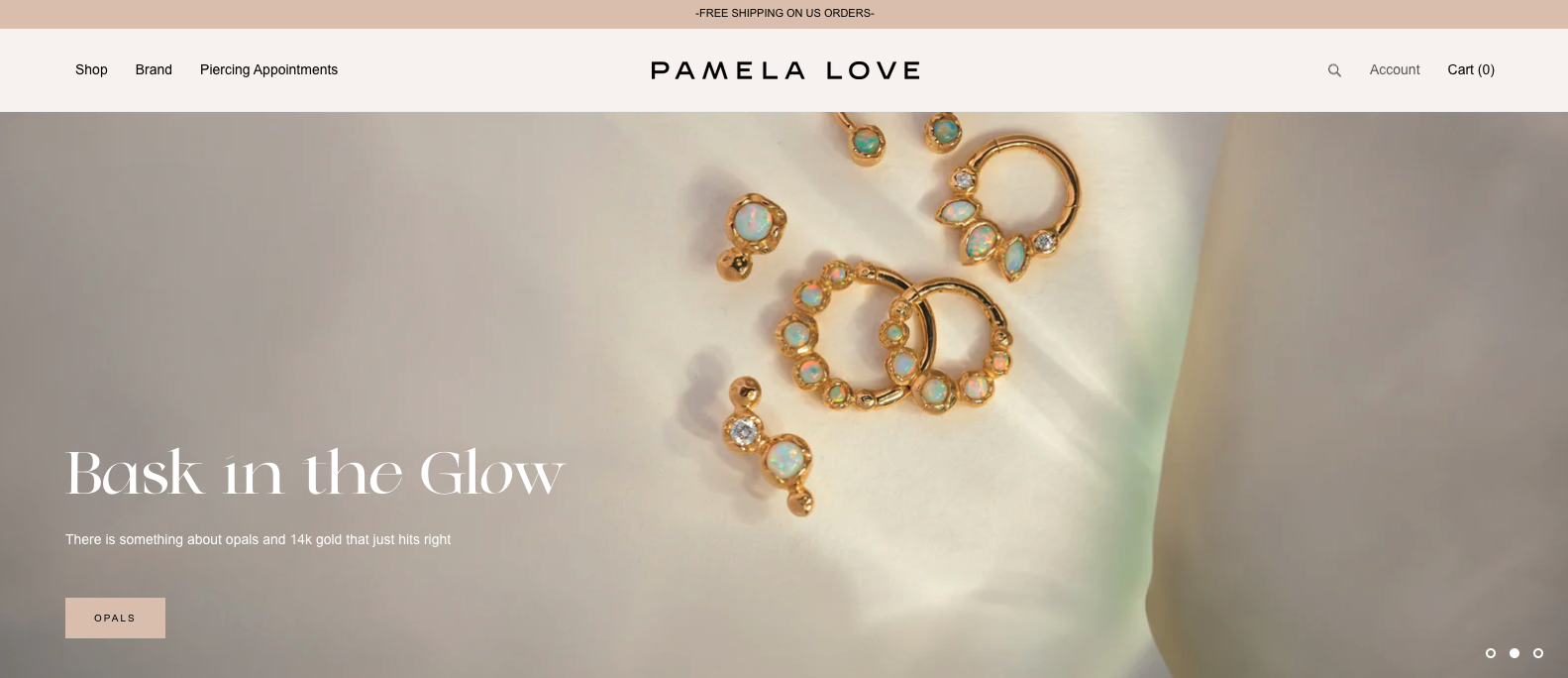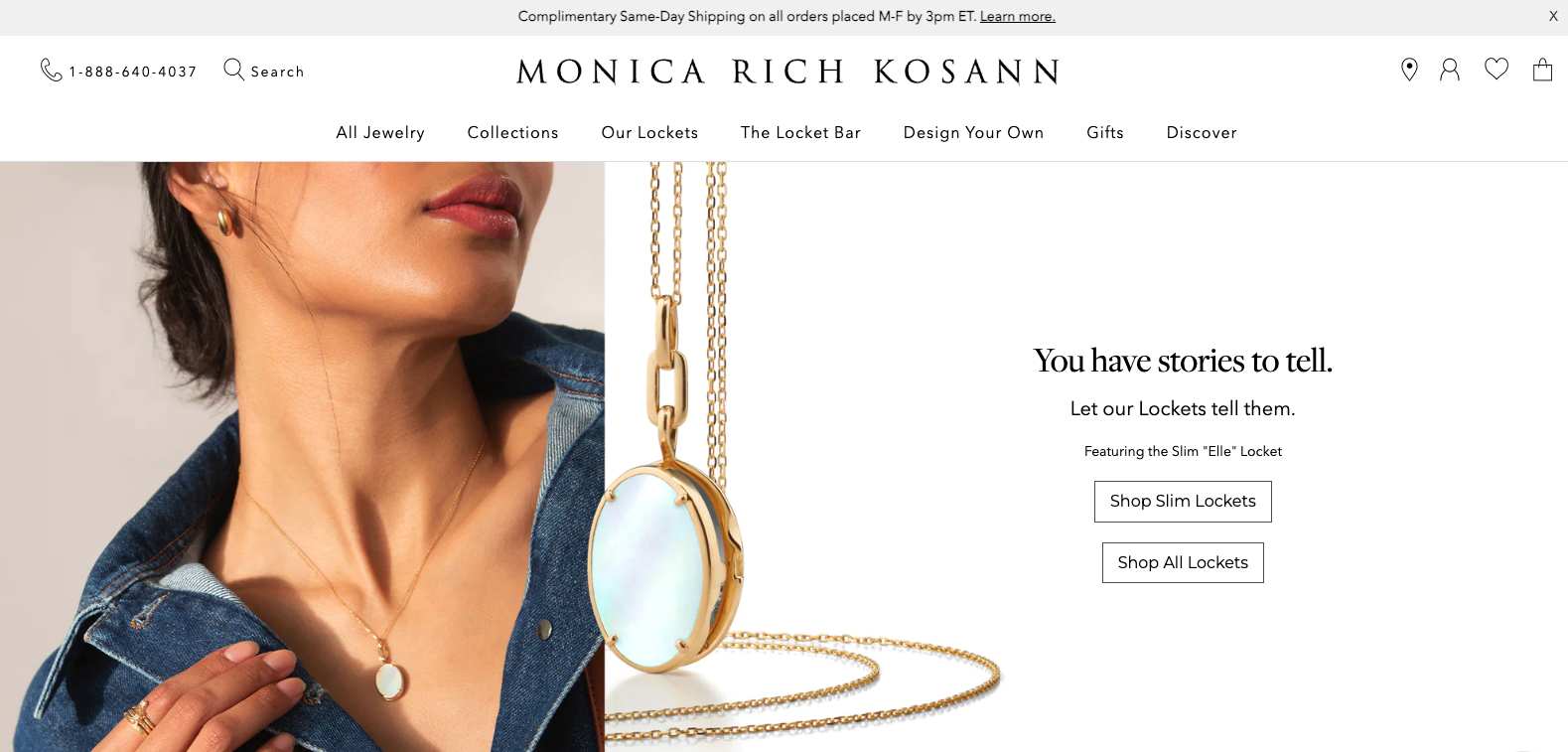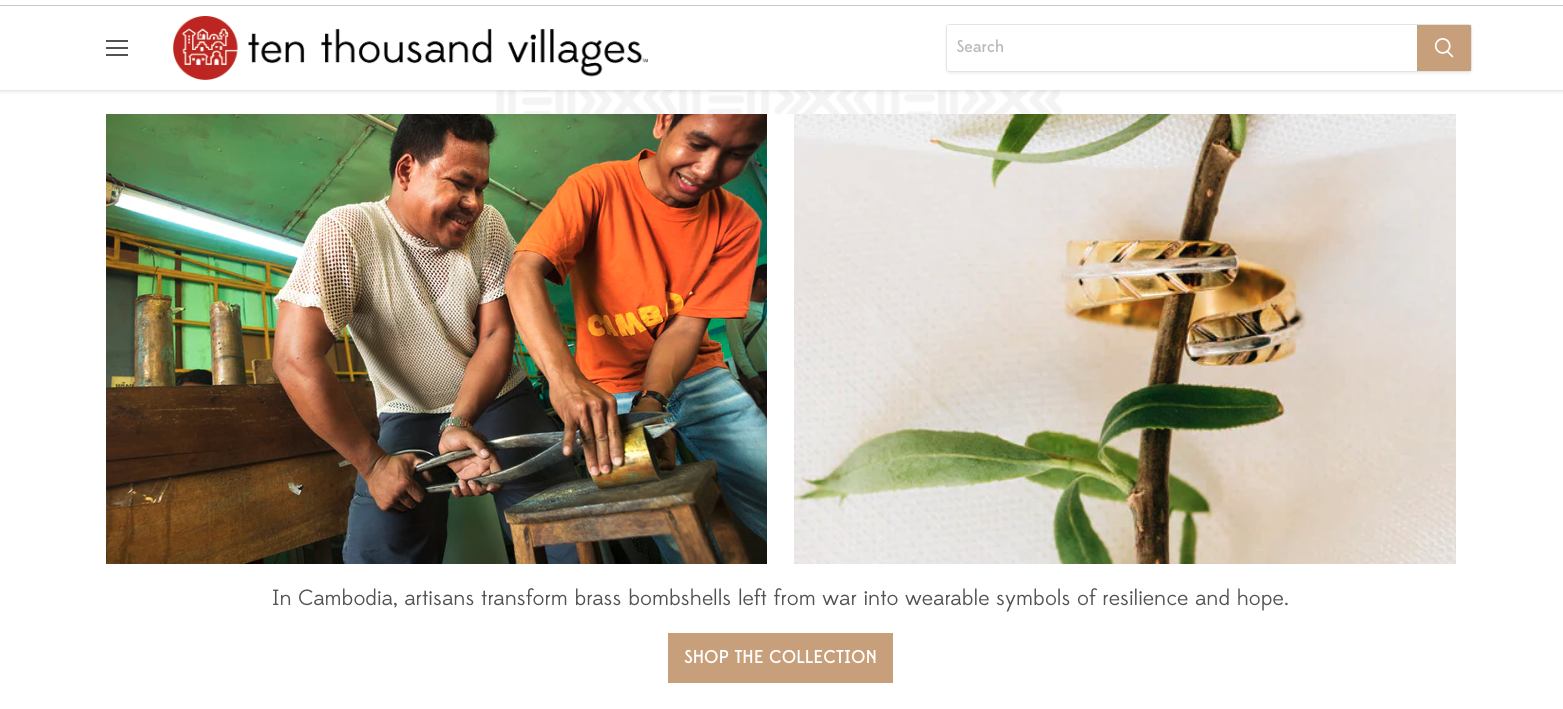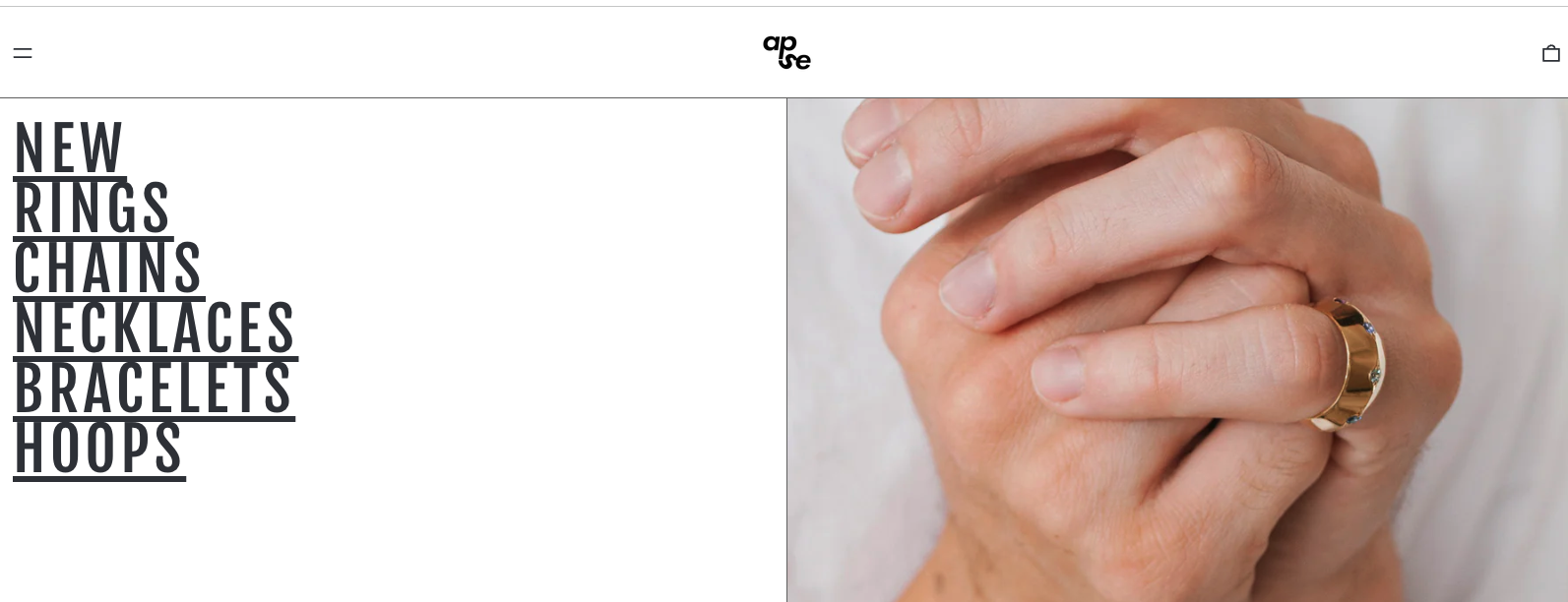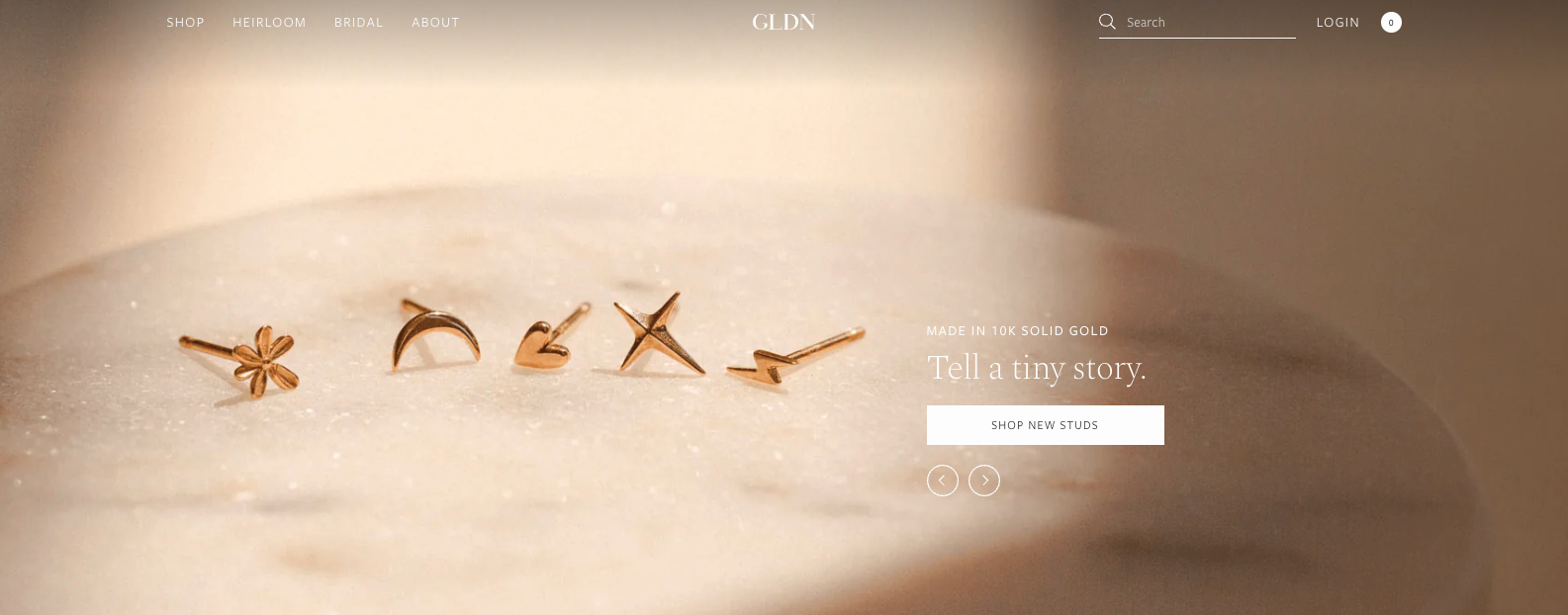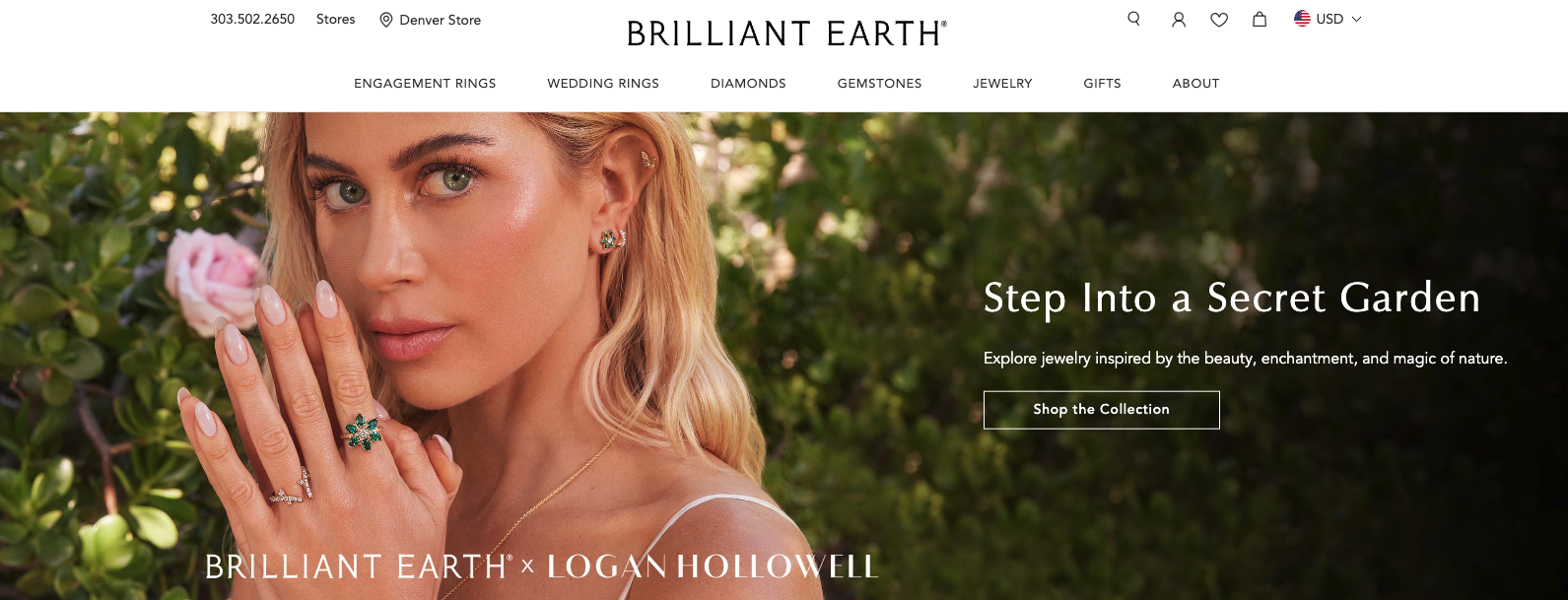There are many reasons to support ethical jewelry brands in 2023. The fashion industry has some of the biggest impacts on our environment. Issues like fast fashion, child workers, and outsourcing to underserved communities with weak environmental and labor regulations have marred the reputation of fashion brands and highlighted the importance of sustainability within the fashion industry.
The jewelry industry and the fashion industry are closely linked. Many of the same issues related to the fashion industry plague the jewelry industry—perhaps even more so—and it’s becoming vastly important for consumers to support ethical jewelry brands and avoid those that negatively impact our planet.
So, what exactly is sustainable jewelry, are there any affordable sustainable jewelry brands, and what should consumers and jewelry retailers look for when dealing with ethical jewelry claims? Let’s take a look.
What is sustainable jewelry and why is it important?
Sustainable jewelry simply means that it was sourced and created in an ethical manner, for both the planet and for the workers involved.
Jewelry material sourcing, particularly diamonds, has a dark history of worker mistreatment and irresponsible mining. Child labor, slavery, and death all follow the jewelry trade. Although existing regulations have hindered such practices, they still exist, so jewelry producers and consumers must be aware of where their jewelry materials come from.
Unfortunately, jewelry material traceability is notoriously difficult. With so many middlemen between materials sourcing and the final product, it can be nearly impossible to know for sure that your jewelry came from an ethical source. Even if a supplier genuinely believes that their materials came from ethical sources, unless they bought them directly from the places from which they were mined, it’s difficult to know the true source.
This is where certification comes in. When it comes to sustainability, third-party verification is key, and this is especially true in the jewelry trade. The only way you can be sure that your jewelry comes from ethical sources is if it carries reputable and thorough certification.
The unsustainable reality of traditional jewelry
Traditional jewelry has major social and environmental impacts. Nearly all traditional jewelry materials come from the ground—gold, diamonds, emeralds, etc. As you can imagine, mining results in a massive impact on the environment. It contributes to erosion, sinkhole creation, biodiversity loss, and water contamination. In addition, the mining industry’s carbon footprint contributes to about 4 – 7% of global carbon emissions.
Besides the massive impact on the environment, the mining industry has a history of human rights violations. Although these issues have been addressed in economically stable countries, terrible practices persist in vulnerable areas. The only way that consumers can stop such practices is by refusing to purchase products made from materials that come from these places.
Unfortunately, ethical jewelry is not simple. For example, we cannot simply stop supporting mines in disadvantaged countries with poor regulations. It’s estimated that around 100 million individuals and families depend upon mining for their income. If mines in underserved countries failed, too many would be left without a way to support themselves. In order to be truly ethical, jewelers need to find a way to support workers who depend upon mining while ensuring that they are still good stewards of the planet and avoiding human rights violations.
Although it can sometimes feel like navigating a minefield, there are some ways to take responsibility and ensure that your supporting ethical jewelry brands.
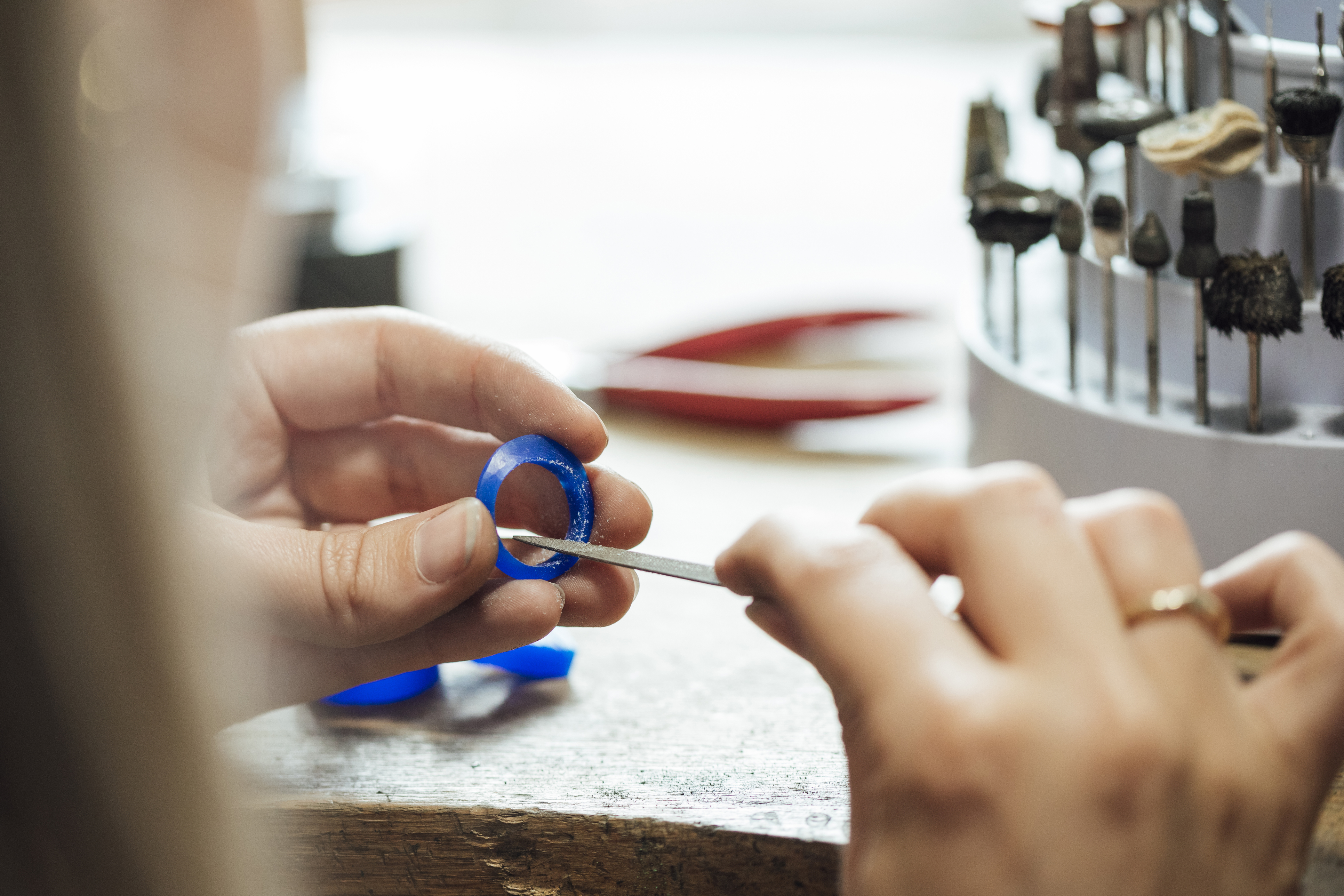
Key principles of sustainable jewelry brands
Sustainable jewelry brands must be very careful when claiming ethical practices. Truly sustainable jewelry is complex, and it’s very easy to inadvertently greenwash if you have not taken the time to thoroughly analyze your footprint. Most of the jewelry industry’s impact comes from material sourcing, so that will make up the majority of considerations.
Jewelry companies need to consider what sustainable jewelry means to them. There are pros and cons to every approach. For example, if a company opts for lab-grown or recycled gemstones over mined ones, it results in less of an impact on the environment, but it could take jobs from those in marginalized communities. The truth is that there will always be some sort of impact. Sustainable jewelry is a matter of minimizing that impact as much as possible and offsetting in areas where negative impact cannot be helped.
Let’s explore some common ways jewelers choose to be more sustainable.
Ethical mining
Jewelers that choose to work with virgin materials must support ethical mining. But, what exactly does that mean?
Ethical mining refers to mining practices that are environmentally responsible and support fair labor. This entails responsibly managing waste, including displaced soil, ensuring that water sources remain uncontaminated, preventing biodiversity loss through land management, and reducing carbon footprints through the use of electric mining equipment or supporting carbon offset services. The mines they support should also prove fair labor practices including fair wages, worker protection, and other requirements for an ethical work environment.
Sustainable supply chain practices
Besides assurance that jewelry materials come from ethical choices, other aspects of the supply chain need to be analyzed as well. For example, the gemstone cutting and polishing process results in tiny dust particles that can be greatly harmful if breathed in for a long period of time. Jewelers need to deeply analyze every aspect of their supply chains in order to ensure best practices. This can be done by making sure that suppliers have proper third-party certification. Supply chains should also be short; the fewer people in between the material source and the product, the more traceable it is.
Recycled and lab-grown materials
Some jewelers prefer to avoid mining entirely by using only recycled or lab-grown materials. While this does result in a smaller environmental footprint, heading in this direction has its own impacts. Mining provides millions of jobs worldwide, and the economies of entire communities and countries often depend on mining. While the argument might be made that mining should slow down in order to protect our planet, it’s clear that we cannot shut down the entire operation just yet.
This doesn’t mean that offering only recycled or lab-grown gemstones is a bad thing. It simply means that there is no 100% correct answer, and as with all things sustainability, the most sustainable practices are a combination of approaches.
Other types of sustainability within the jewelry space
When it comes down to it, ethical jewelry practices aren’t about a single problem. There are many ways that a company can support sustainability and fair labor, thereby showing consumers their commitment to the planet and its people.
Companies that support small craftsmen and traditional arts help keep smaller entities in business, which will have less impact on the environment while helping to support those whose lives depend on jewelry and mining.
Supporting women and other at-risk groups also provide support to those within these industries. Women and children are often the most affected by unethical practices. In Guyana, for example, women in mining communities have a higher risk of sexual assault on top of the risk of violence which is standard for miners in remote areas. Supporting mines or organizations that protect such groups can have a huge positive impact on the industry.
Carbon impact and offsetting is another great way to minimize impact. Unfortunately, the very nature of mining means that there will be a fairly significant impact on the environment. However, by supporting carbon offset projects, you help a variety of environmental and community projects like reforestation, restoring wetlands, renewable energy, and community enrichment.
Of course, it’s not always possible to support all aspects outlined above. The most important things to look for when choosing sustainable jewelry are supply chain traceability alongside a clear effort to improve practices over time.
How to choose sustainable jewelry
Choosing sustainable jewelry is a matter of ensuring that the company you want to buy from proves the above key principles. While cheap sustainable jewelry might be available, keep in mind that it does cost money to invest in sustainable practices, and often sustainable jewelry might be a little more expensive than its unethical counterparts. And price isn’t the only indicator! Just because something is expensive doesn’t mean that it’s sustainable. As a consumer, you must hold both affordable and luxury companies accountable. But think about it this way: would you rather save money and support things like child labor and land destruction, or can you pay 10% more for fair labor and responsible land stewardship?
To ensure that you’re supporting ethical jewelry brands, here are some things to look for:
- They might offer carbon-neutral shipping through a shopping add-on.
- Third-party certification from a reputable entity
- A thorough approach, including transparency, measurable targets, and certified traceability
- Sustainable packaging
Sustainable certifications in the jewelry industry
The most ethical jewelry companies are going to have reputable certifications to ensure that their materials were ethically sourced. You can verify a brand’s sustainability claims by checking that their certifications come from well-known and accepted entities. Some of these include the following.
- Fairmined Certification is a gold certification program ensuring that gold materials are sourced from small-scale mines that meet the standards for responsible extraction.
- Fairtrade Gold Standard is another gold certification that assures the highest standards of working conditions, women’s rights, child labor, and safety.
- Responsible Jewellery Council Certification is the world’s leading sustainability standard for jewelry and watches, and it analyzes all aspects of ethical materials, from sourcing to retail.
- The Kimberley Process is the top certification for conflict-free diamonds, ensuring fair trade.
Can traditional jewelry brands transition to sustainable practices?
A traditional jewelry brand can absolutely transition to a sustainable one, and it should. This is important not only to human rights and the environment but to business as well. Modern consumers want to support companies that align with their values, and this includes the jewelry industry.
The transition will not be easy. It will require a full audit of supply chains, investing in offsetting programs to help take responsibility for your footprints, and more. It may be advisable to invest in a consulting service in order to properly make the transition.
Showcasing ethical jewelry brands: 20 brands worth exploring
If you’re looking for affordable sustainable jewelry brands or high-end brands that achieve the standards for sustainability outlined above, here are 25 to check out.
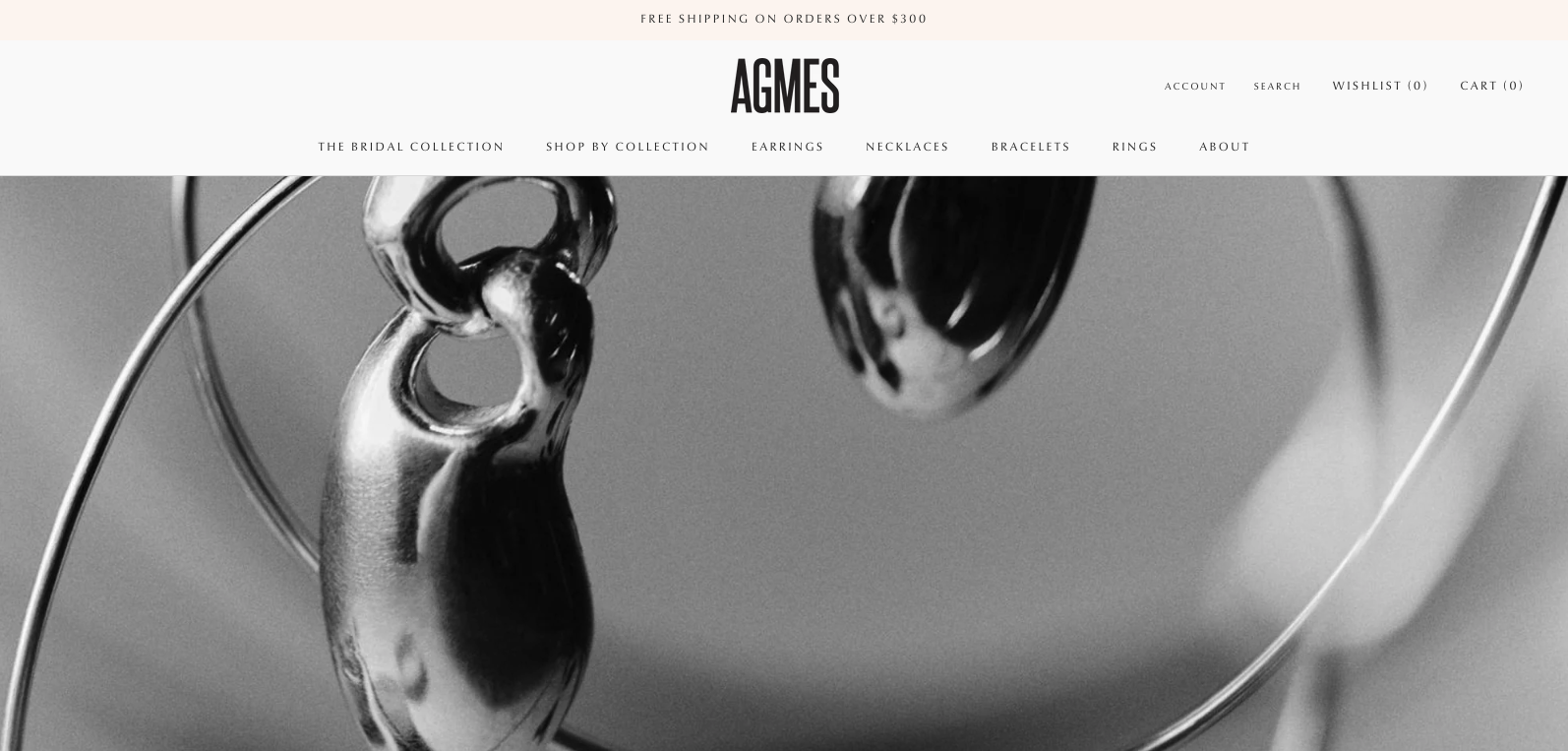
1. AGMES
Price range: $300 – $1000
AGMES is a New York-based jeweler that features timeless designs made from recycled materials while supporting local artisans.
2. SVNR
Price range: $50 – $300
SVNR uses found, re-used, and up-cycled materials for natural, yet modern, designs that you’ll love.
3. Akola
Price range: $20 – $600
Akola’s jewelry uplifts women by supporting artisanal manufacturers in Uganda, ensuring the continued employment of women in vulnerable areas.
4. Alighieri
Price range: $250 – $8,000+
Alighieri uses 100% recycled materials to handcraft their unique pieces in the UK, supporting local UK manufacturers.
5. Zoë Chicco
Price range: $100 – $2,000+
Zoë Chicco’s handmade jewelry comes from certified recycled and ethical sources while promising fair wages to all involved.
6. Poppy Finch
Price range: $100 – $1,500+
Poppy Finch puts sustainability at the center of their practices with recycled materials, ethical sourcing, and local manufacturing.
7. Laura Lombardi
Price range: $50 – $2,000+
Laura Lombardi uses recycled, upcycled, and ethically sourced materials to locally manufacture every jewelry item.
8. KATKIM
Price range: $1,200++
All of KATKIM’s jewelry is handmade in Los Angeles, and the diamonds used are certified conflict-free by the Kimberley Process while most of the gold is recycled.
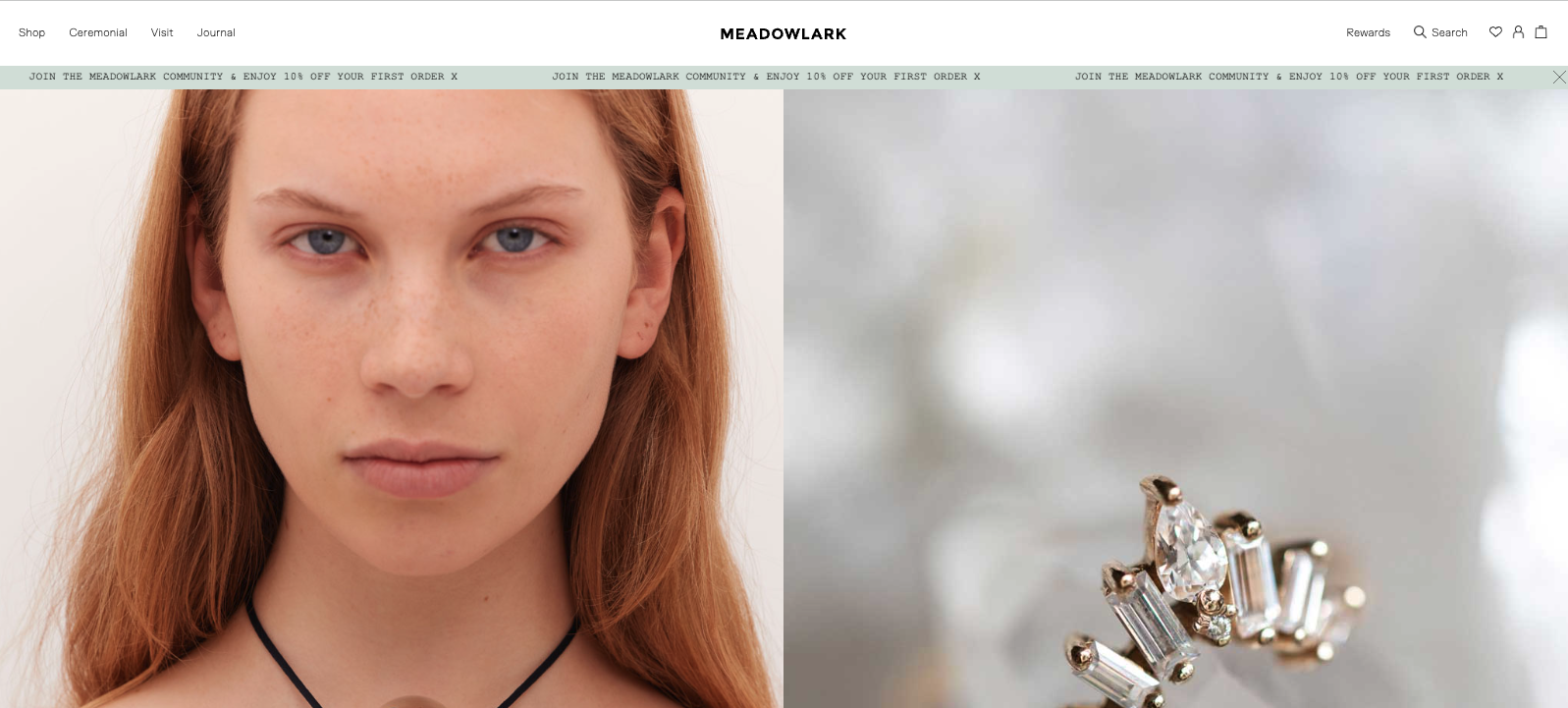
9. Meadowlark Jewellery
Price range: $200 – $2,000+
Meadowlark Jewellery not only offers beautiful handcrafted pieces, but they are also very hands-on in their sustainability approach, working closely with suppliers to ensure high standards of labor ethics and positive environmental impact.
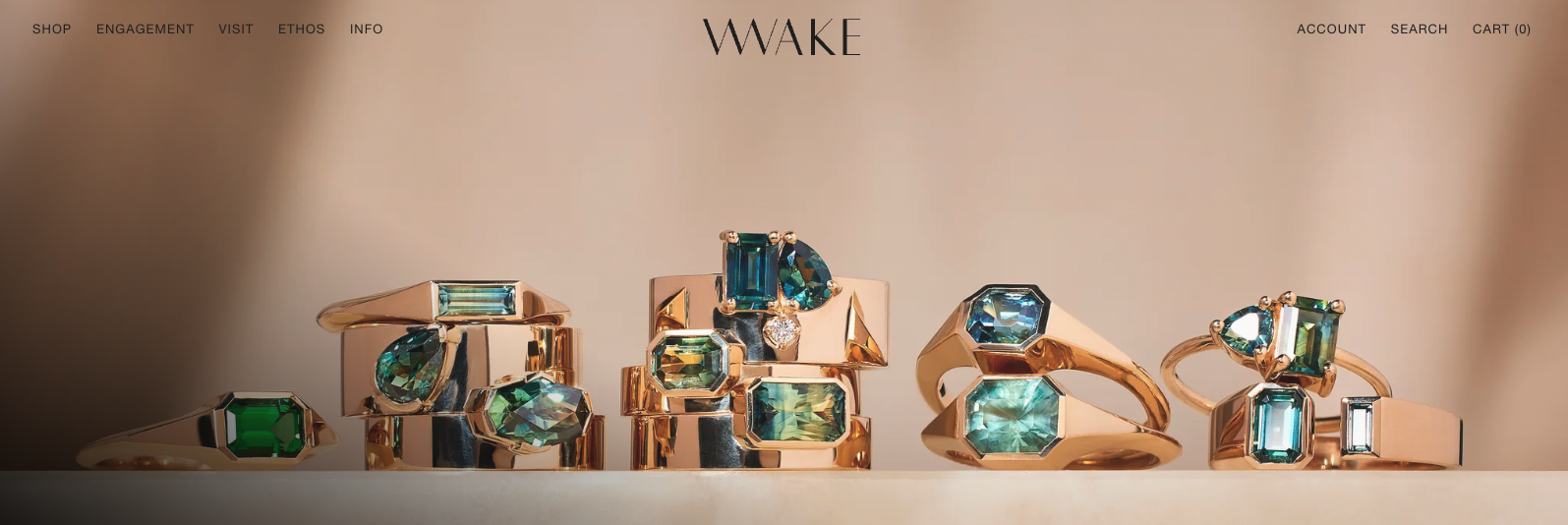
10. WWAKE
Price range: $200 – $2,000+
WWAKE primarily sources recycled materials, and when they cannot find recycled sources, they only support ethical mining practices and fair treatment of workers.
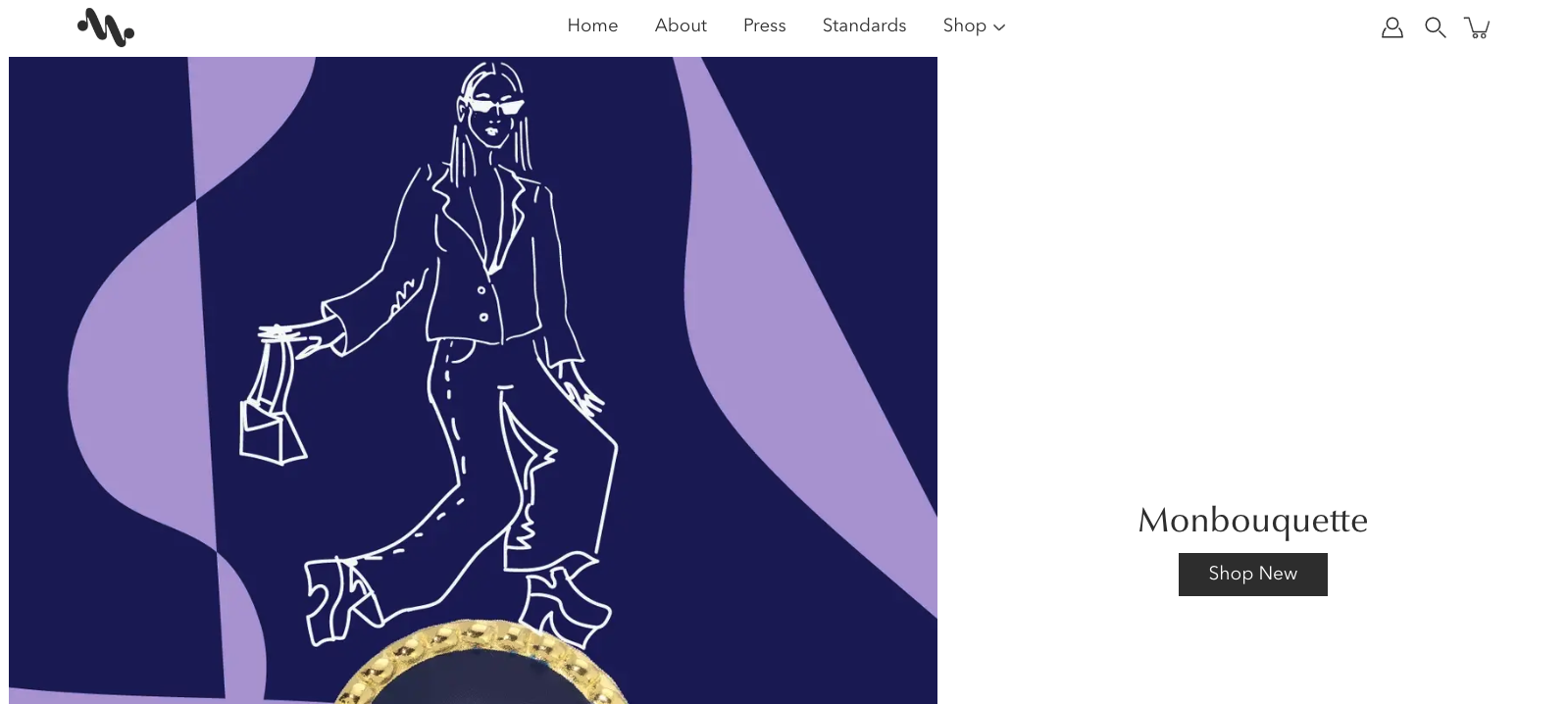
11. Monbouquette Jewelry
Price range: $150 – $600
Monbouquette Jewelry is a mother-daughter brand that’s made in the USA, features recycled materials, and commits to sustainable packaging and carbon-neutral shipping.
12. Pamela Love
Price range: $100 – $2,000+
Pamela Love uses 100% recycled metals and ensures that all of its gemstones are ethically sourced as per the United Nations Resolutions. They have also partnered with artisans in Afghanistan to support their access to a global market.
13. Monica Rich Kosann
Price range: $200 – $2,500+
Monica Rich Kosann is a Certified B Corporation, ensuring the highest standards of sustainability. This includes sustainable packaging, recycled materials, carbon-neutral shipping, and more.
14. Daniella Samper
Price range: $200 – $2,500+
Daniella Samper ensures that the gold materials come from ethical mining through the Fairmined Gold Standard, and they are committed to traceability for all materials.
15. Ten Thousand Villages
Price range: $20 – $50
Ten Thousand Villages does its part by supporting artisan groups in developing countries, ensuring both positive environmental impact and continued employment for marginalized communities.
16. APSE
Price range: $50 – $250
APSE is an ethical jewelry brand that gives 10% of its proceeds to support marginalized communities and support victims of domestic abuse, among other charities. Their pieces are made-to-order to avoid waste, and they use recycled and ethically sourced materials.
17. GLDN
Price range: $50 – $400
GLDN also donates 10% of its profits to charitable causes. They invest in recycled materials, and their materials come from certified ethical suppliers. Check out a wide selection of affordable sustainable jewelry options.
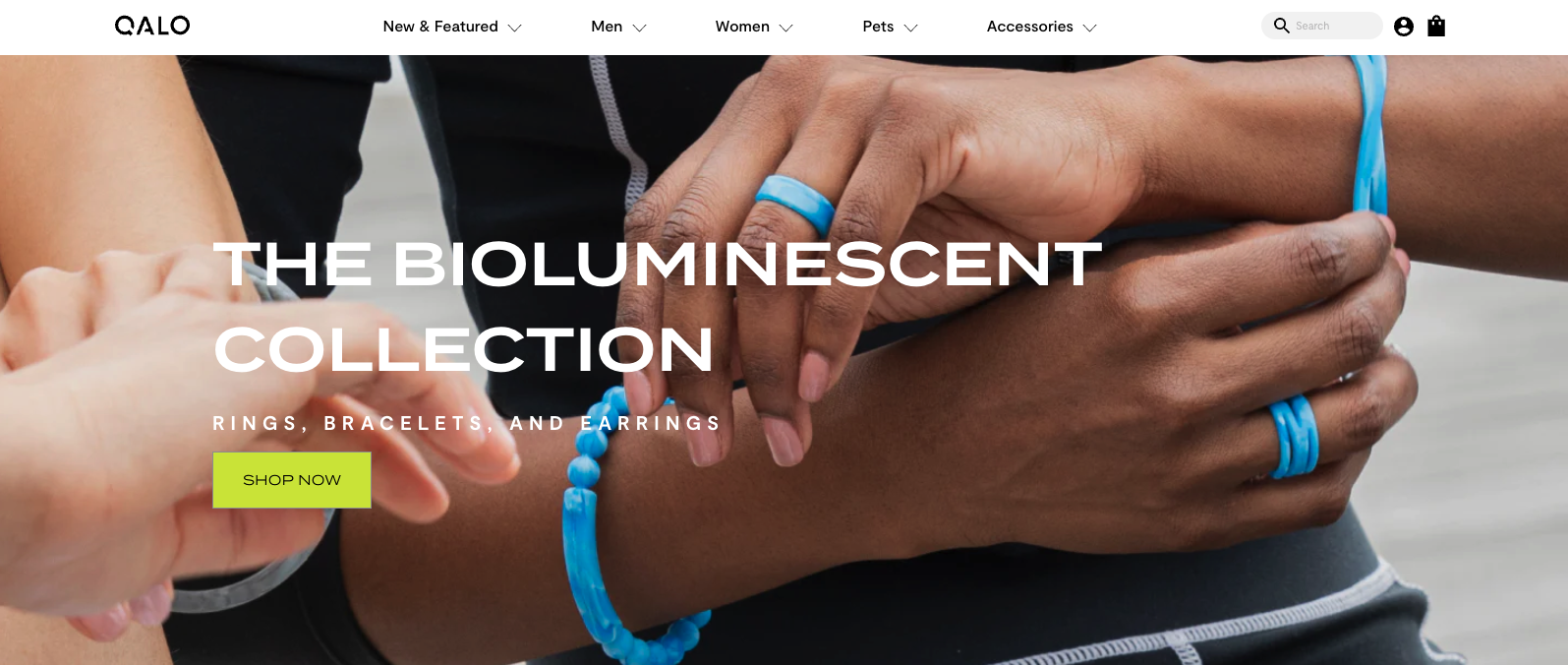
18. Qalo
Price range: $10 – $30
Qalo offers functional silicone jewelry for active people. Their materials are 100% recycled, they use sustainable packaging, and they use bioplastics that can be composted at the end of their life. Their circularity supports a more regenerative sustainability approach.

19. Mejuri
Price range: $50 – $500+
Mejuri is working toward sustainability by supporting suppliers with reputable certifications while working toward more traceable supply chains. They are incredibly transparent about their impact and initiatives and are pursuing ethical practices on many levels.
20. Brilliant Earth
Price range: $200 – $2,000+
Brilliant Earth promises sustainability through recycled gold materials and the highest standards of diamond sourcing. They trace their supply chain to ensure environmental and ethical practices while supporting the communities from which the diamonds are sourced.
The importance of sustainability within the jewelry industry
It can seem difficult to find ethical jewelry brands.
Because fine jewelry materials have a propensity for unethical sourcing, brands within the jewelry industry need to do what they can to ensure that their impacts are positive. It’s not just the ethical thing to do—it’s good for business. According to IBM, most consumers are willing to change their shopping habits to be more environmentally conscious, and a 2019 survey by Hotwire found that 47% of online consumers stopped supporting brands that did not align with their values. If your jewelry brand wishes to remain relevant, it needs to show sustainable values and have the proof to back it up.
You can do this by seeking green certifications, ensuring that your supply chains are traceable and ethical, using sustainable packaging, and offsetting your carbon footprint with a carbon-neutral shopping cart app.
But, the journey to sustainable practices isn’t an easy one. You might need some help along the way. If your team is interested in how companies can sustainability transform their brand, our team is ready to work with you.

